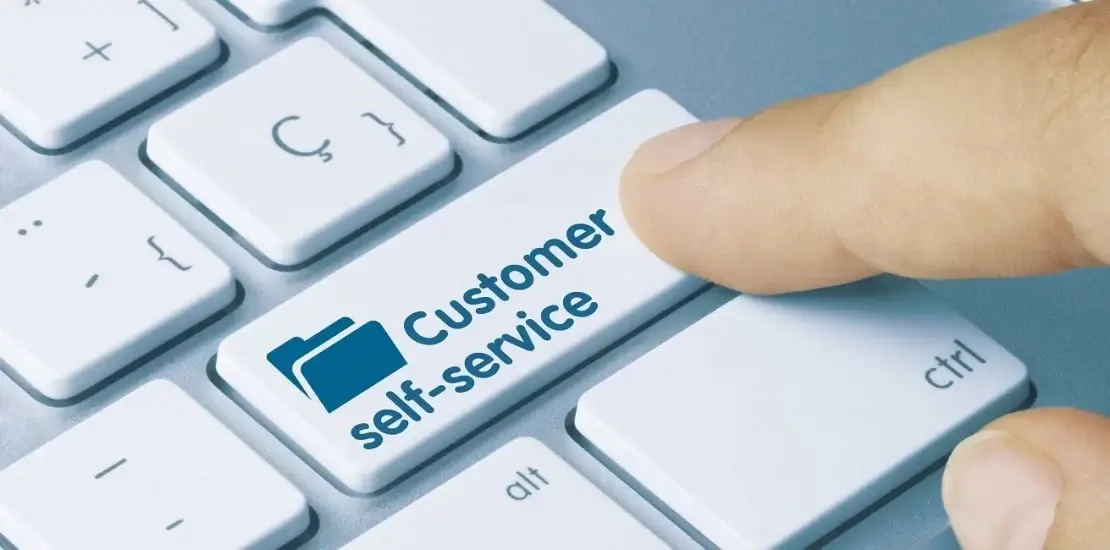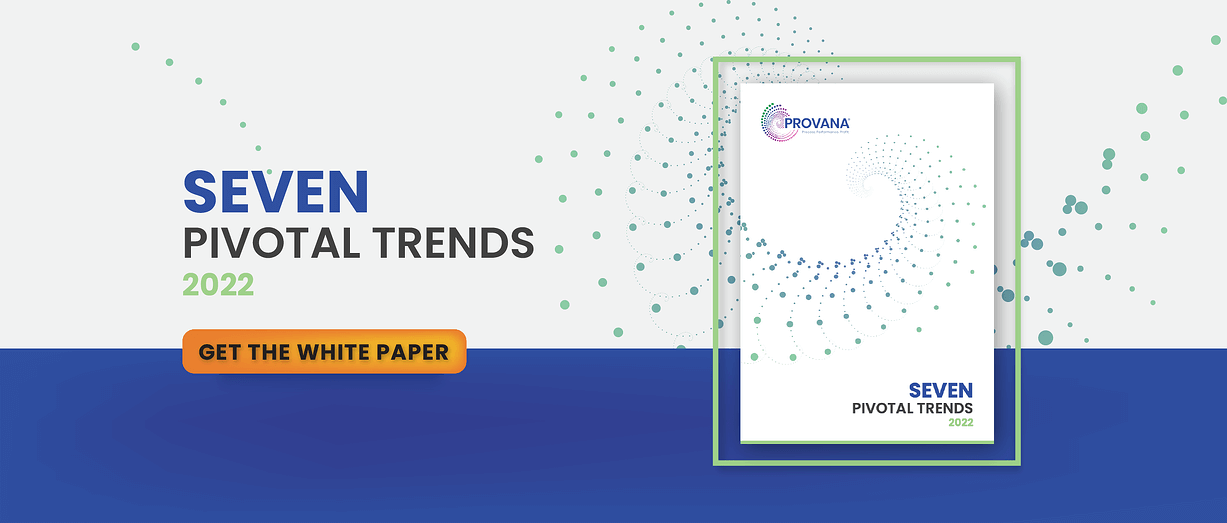Customer Self-Service Platforms – A Boon for Collection Agencies of All Sizes
- October 28, 2021
- Category: Omnichannel Collections

Recommended Reading
For years, collection agencies have treated debt collection as a relentless process of retrieving outstanding balances at all costs. An emerging solution challenging this approach is “customer self-service.” In layman’s terms, customer self-service (CSS) allows consumers or debt defaulters to manage their debt on their own, using a platform or software. A customer self-service solution—a CSS portal, a web application, or a mobile app—doesn’t require an agent to intervene, lowering the cost of the agent-consumer interaction and creating a more seamless experience for the consumer.
On the collection side, CSS technology also offers tangible benefits. For example, lenders and collectors can get a single view of each consumer and their payment status, including automated follow-up actions and recommendations to streamline the collection process. Interestingly, the list of advantages of centralizing debt repayment via a CSS platform doesn’t end here and includes benefits such as:
Reduced errors and optimized training cost
Errors and non-compliance can be extremely costly in a landscape that is heavily regulated by Consumer Financial Protection Bureau (CFPB). With conventional collection practices, there are opportunities for error, not to mention the additional cost that stems from agent inefficiencies and training. CSS helps to diminish these manual errors. This also means that you don’t need to train agents on the steps of the lending process they don’t perform, which decreases your training expenses.
Empowered consumers
For consumers, the need to exert control is a recognized psychological need. Assuming a consumer would pick up the phone to discuss their financial obligations in front of their colleagues and employer is neither logical nor practical. Whether a consumer has a low balance outstanding or high, they still want to feel valued and make their own decisions. Using CSS solutions has the potential to address this conundrum. A self-service collections platform allows consumers to repay their debt at a time which suits them and when they are in a position to do so.
Improved bottom line and capacity on demand
With the right CSS platform in place, you can improve your bottom line—all for a fraction of the cost of human agents. Wondering how? Every consumer touchpoint costs your agency money because you need people, infrastructure, and technology for traditional collection. If you are not focused on reducing consumer-agent contacts, running your agency can become a costly affair. Self-service is a consumer-friendly way to scale agent support and “deflect” incoming tickets. Because the number of collection cases you can handle through virtual agents is not dependent on the size of your team, it’s easy to scale your capacity as delinquency volumes rise.
Enhanced consumer support
Expecting a consumer to sit in lengthy call queues after receiving a debt validation notice is frustrating. Offering customers an option to chat is a great strategy for all customer service teams because it allows consumers to help themselves – something both consumers and growing support teams love. Self-service chats can also go above and beyond the scope of traditional customer support. For consumers who aren’t comfortable speaking with a human agent about their finances, self-service chats can provide assistance to help them better understand their options, choose payment dates, frequency and amounts, or schedule a call-back from a human agent.
Omni-channel self-service
Virtual agents driven by Artificial Intelligence can reach out to consumers in an individualized manner. The content and tone of each message and the debt repayment remedies offered can be shaped by communication rules you create as a collection agency. Unconstrained by contact center shift schedules, you can reach out to individuals in the way most likely to succeed—best strategy, day, time— based on their preferences.








